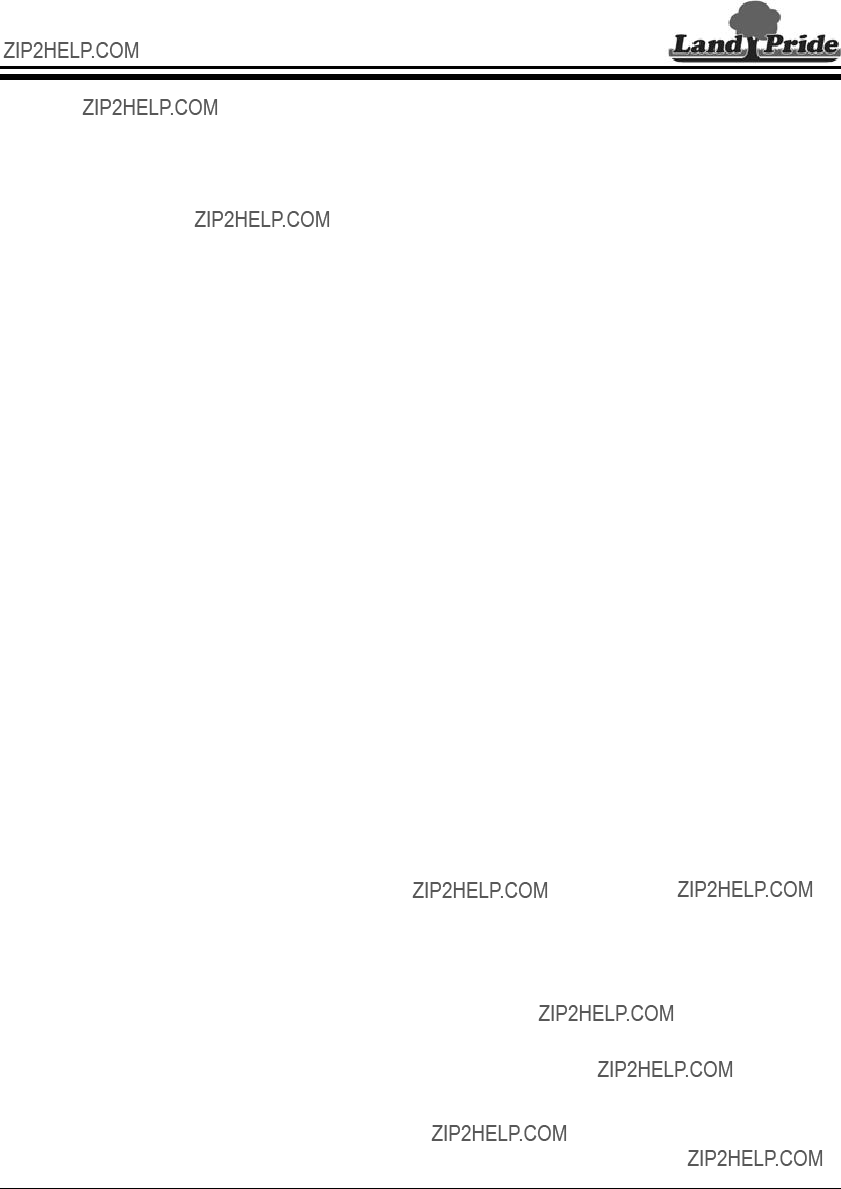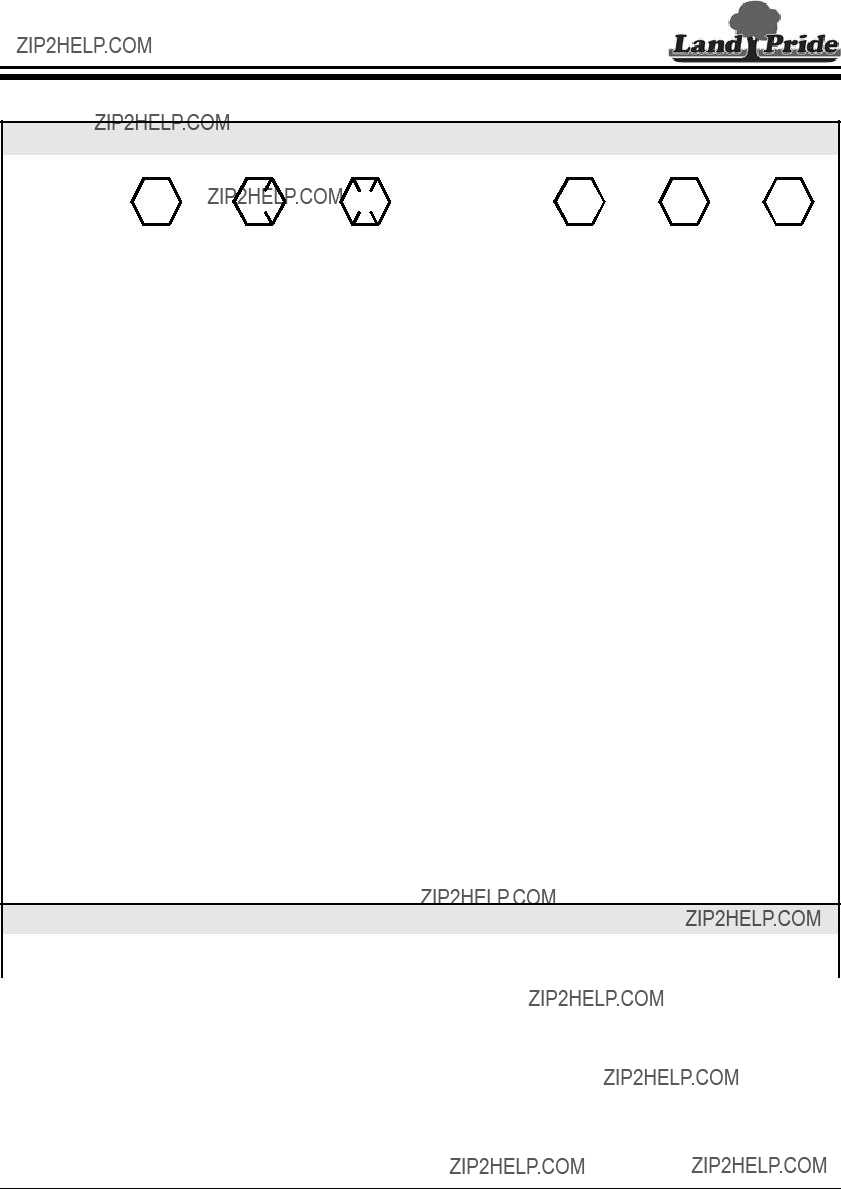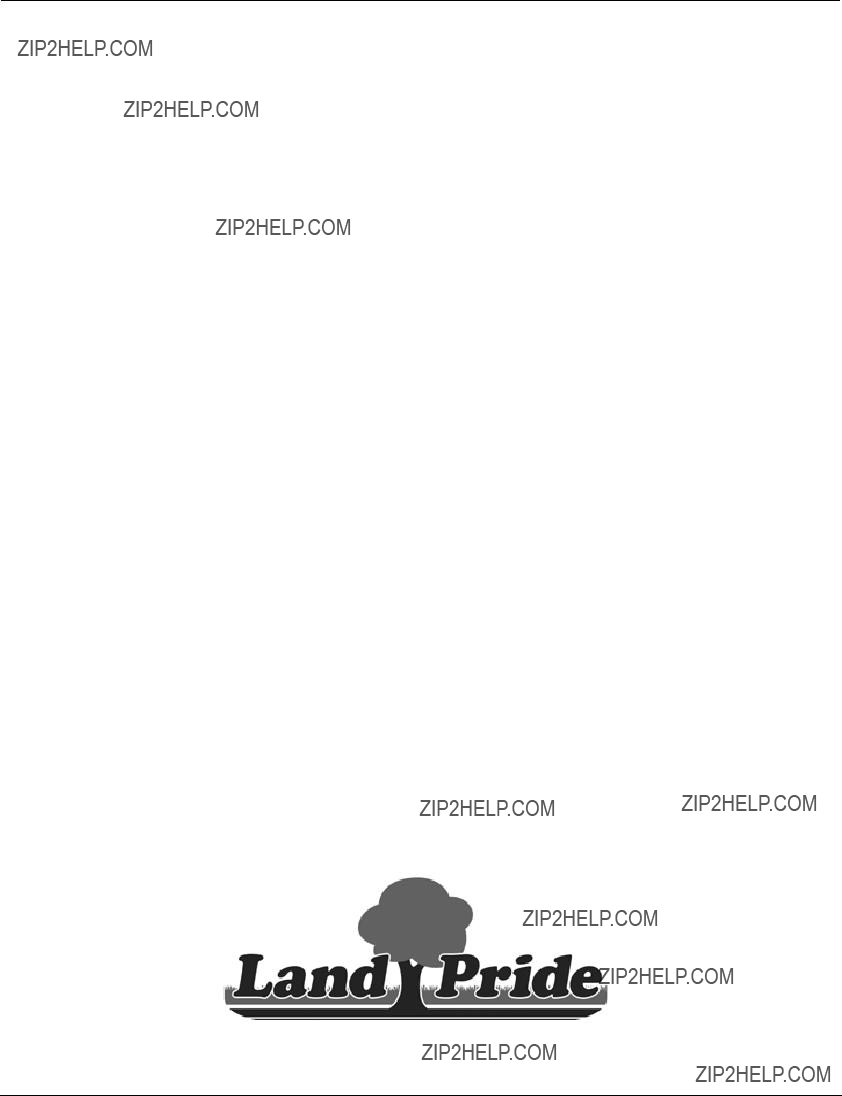Long Term Storage
Clean, inspect, service, and make necessary repairs to the Snow Blower when parking it for long periods and when parking it at the end of a working season. This will help ensure the Snow Blower is ready for field use the next time you hook-up to it.
! DANGER
Always disconnect driveline from tractor PTO before servicing drive train components or underside of unit. Snow Blower can be engaged if tractor is started causing bodily injury or death.
! DANGER
Always secure Snow Blower in the up position with solid supports before servicing underside of Snow Blower. Never work under equipment supported by hydraulics. Hydraulics can drop equipment if controls are actuated or if hydraulic lines burst. Either situation can drop the Snow Blower instantly even when power to hydraulics is shut off.
1.Clean off any dirt, salt, or grease that may have accumulated on the Snow Blower and moving parts. Then wash surface thoroughly with soap and water.
2.Check impeller, auger, wear bars, and skid shoes for wear and cracks. Repair or replace if necessary. See
???Auger & Impeller Inspection??? on page 29.
3.Inspect for loose, damaged, or worn parts. Make adjustments, repairs, and/or replace as needed.
4.Repaint parts where paint is worn or scratched to prevent rust. Ask your Land Pride dealer for aerosol touch-up paint. Paint is also available in touch-up bottles with brush, quarts, and gallon sizes by adding TU, QT, or GL to the end of the aerosol part number.
Land Pride Aerosol Touch-up Paint
Part No.Part Description
821-011C PAINT LP BEIGE AEROSOL SPRAY CAN
821-002C PAINT LP BLACK AEROSOL SPRAY CAN
821-054C PAINT MEDIUM RED AEROSOL SPRAY CAN
821-058C PAINT GREEN AEROSOL SPRAY CAN
821-066C PAINT ORANGE AEROSOL SPRAY CAN
5.Replace all damaged or missing decals.
6.Lubricate as noted in ???Lubrication??? starting on page 34.
7.Apply a coating of oil to the areas without paint due to high wear to minimize oxidation.
8.Store Snow Blower on a level surface in a clean, dry place. Inside storage will reduce maintenance and make for a longer Snow Blower life.
9.Follow all ???Unhooking Snow Blower??? instructions on page 19 when disconnecting Snow Blower from tractor.
Order Replacement Parts
Land Pride offers equipment in factory standard beige with black highlights. Equipment may also be purchased in orange. Special attention must be given to the part number to prevent ordering the wrong color. A suffix number corresponding to one of the colors below must be added at the end of the part number. Parts ordered without the suffix number will be supplied in factory standard colors.
For example, if you are ordering a replacement part with part number 555-555C and the existing part is orange, then add the suffix 82 to the end of the number to make the part number read 555-555C82.

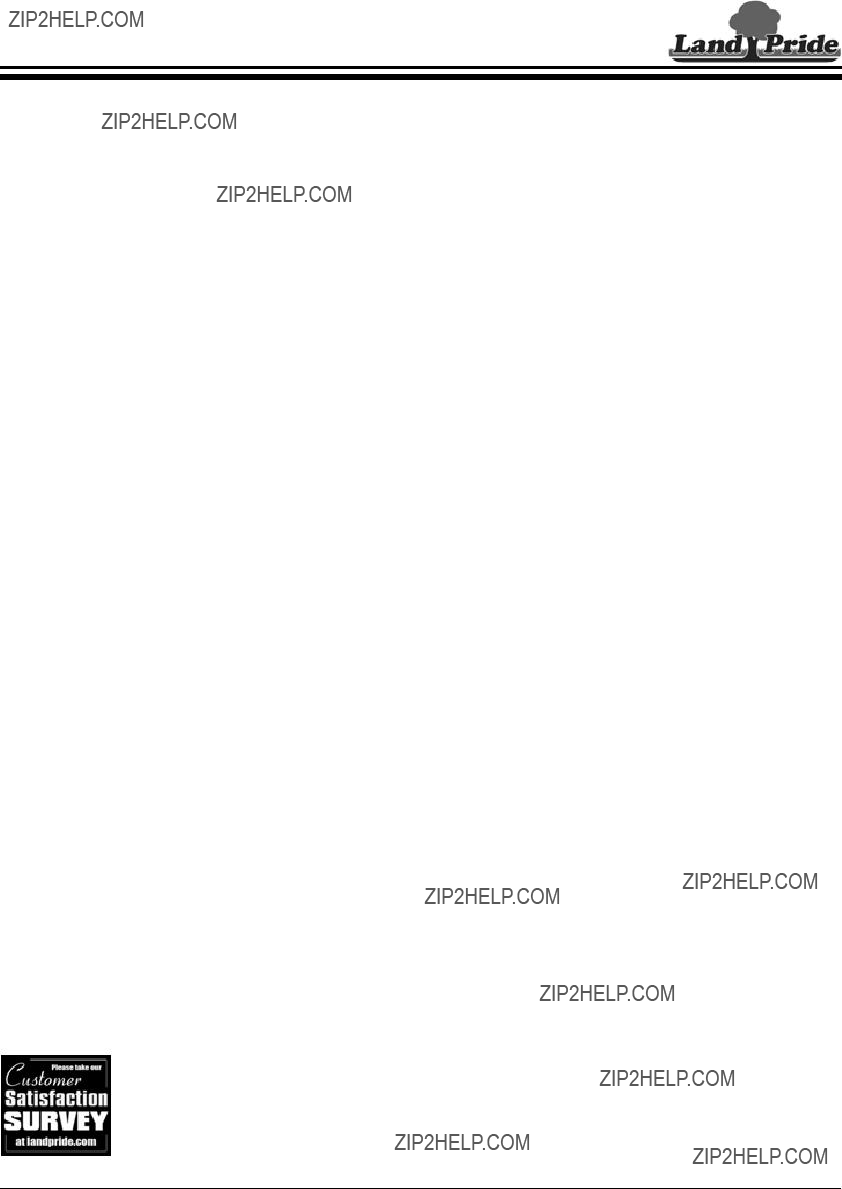


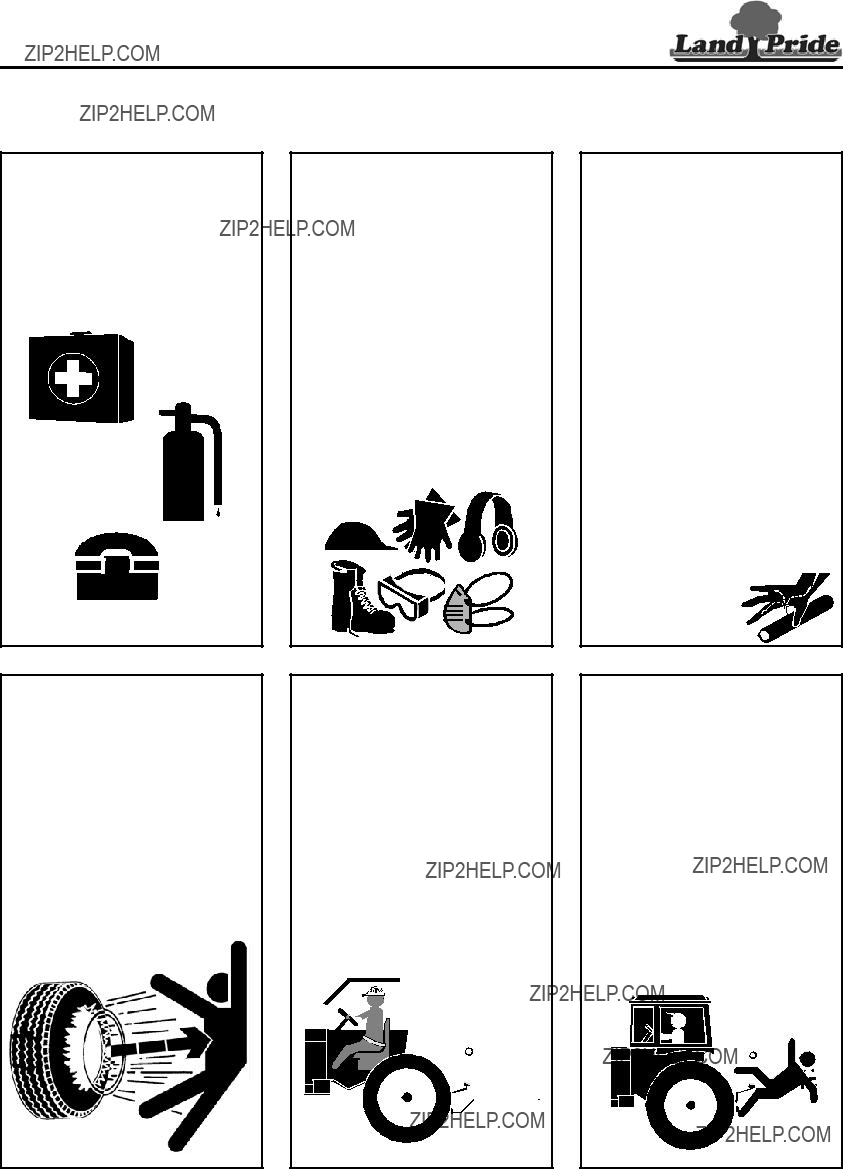




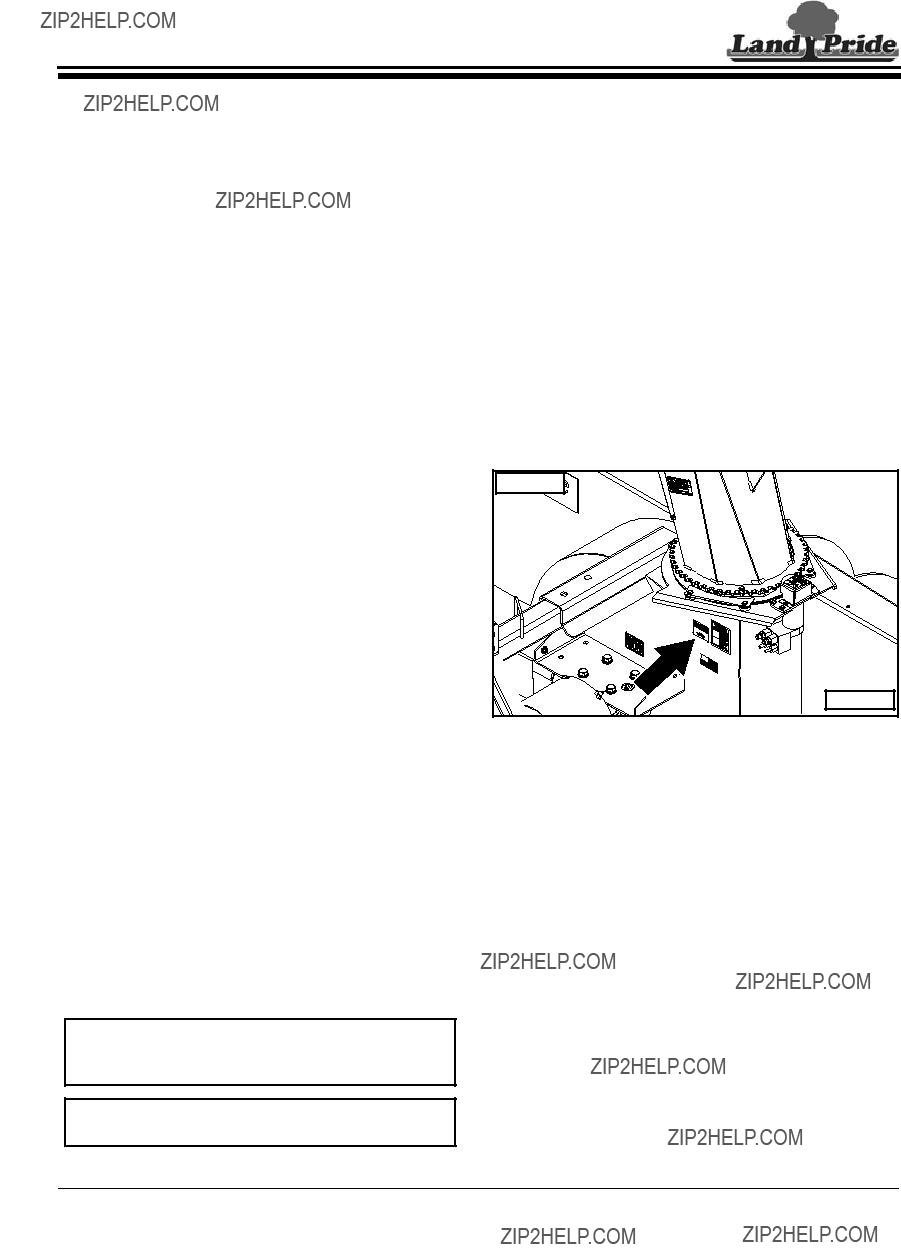

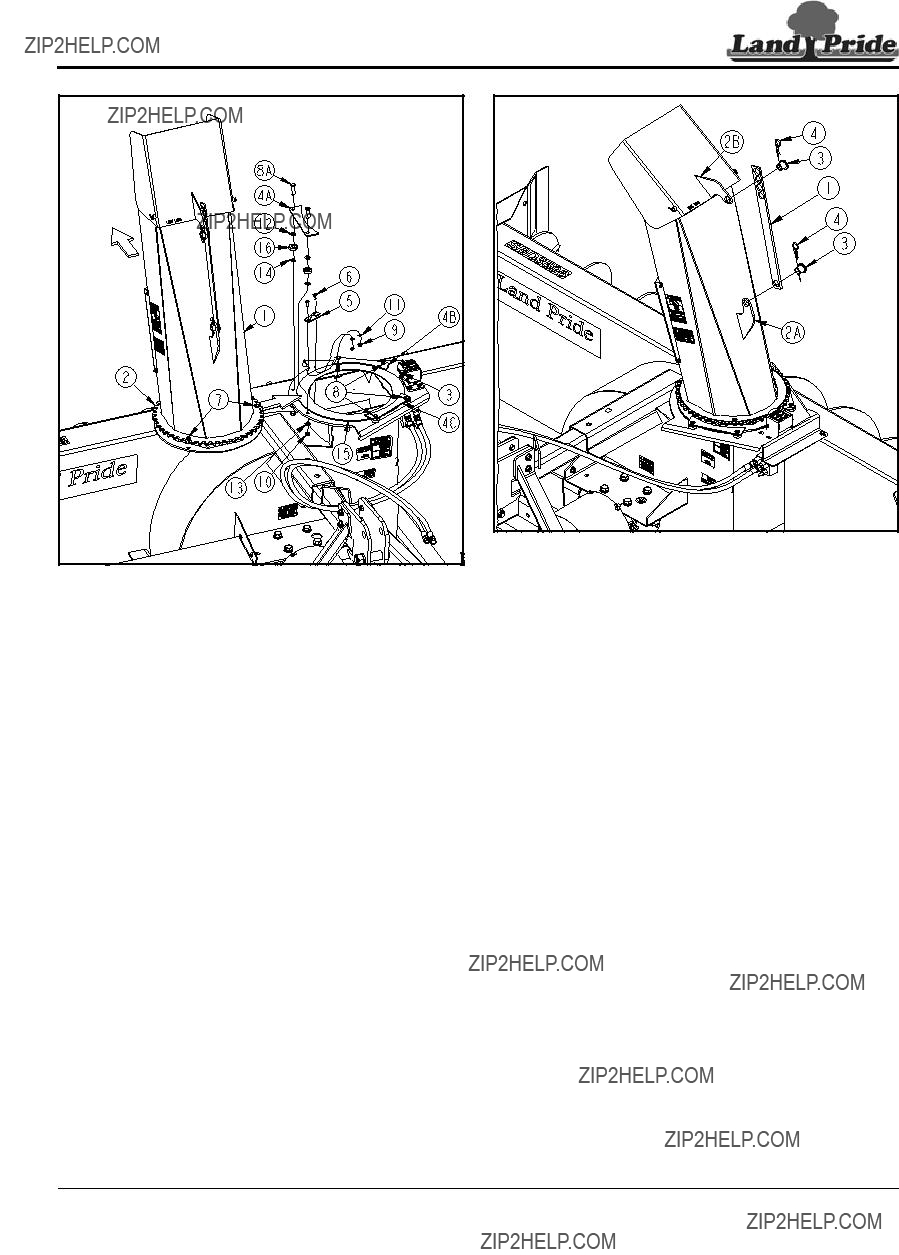
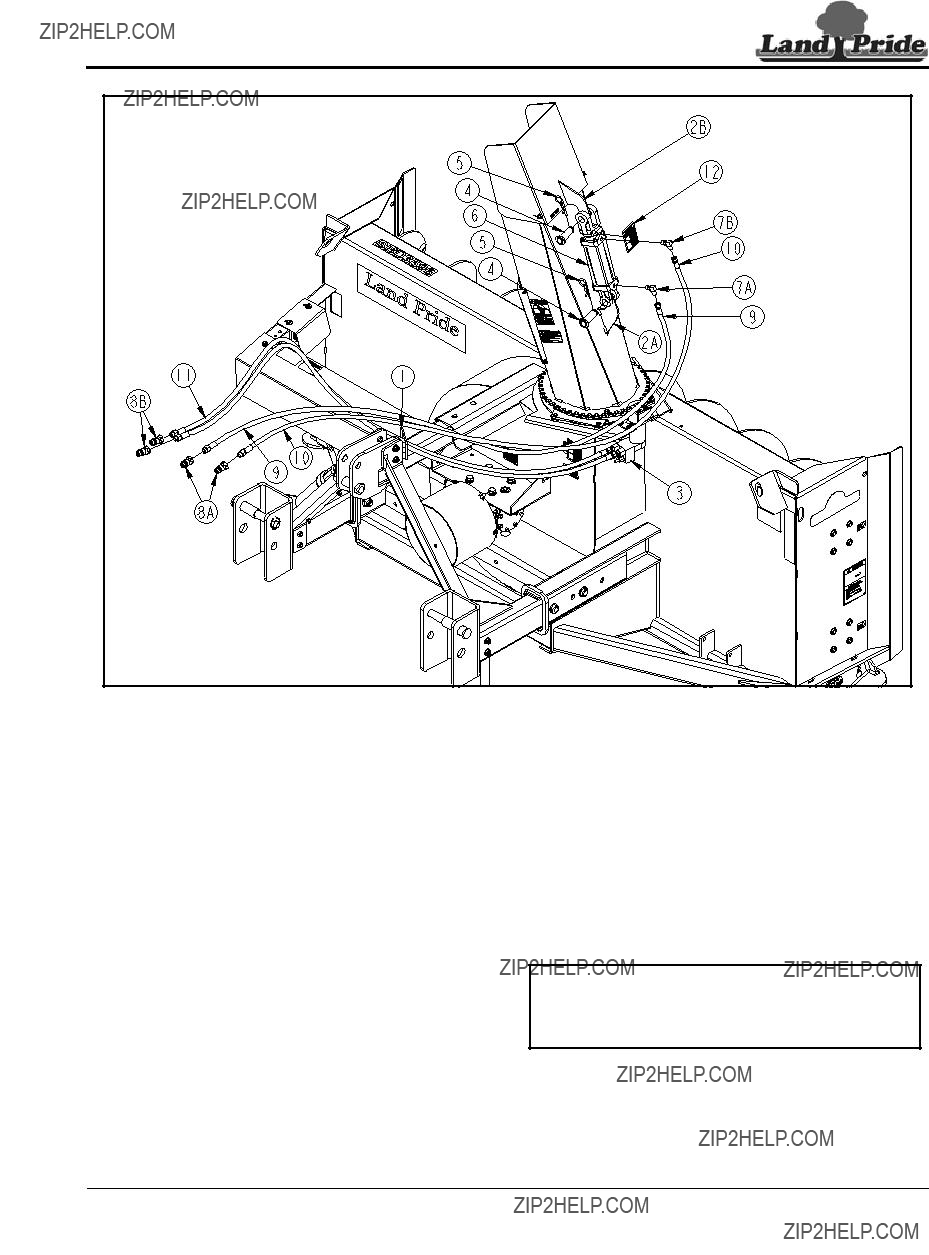

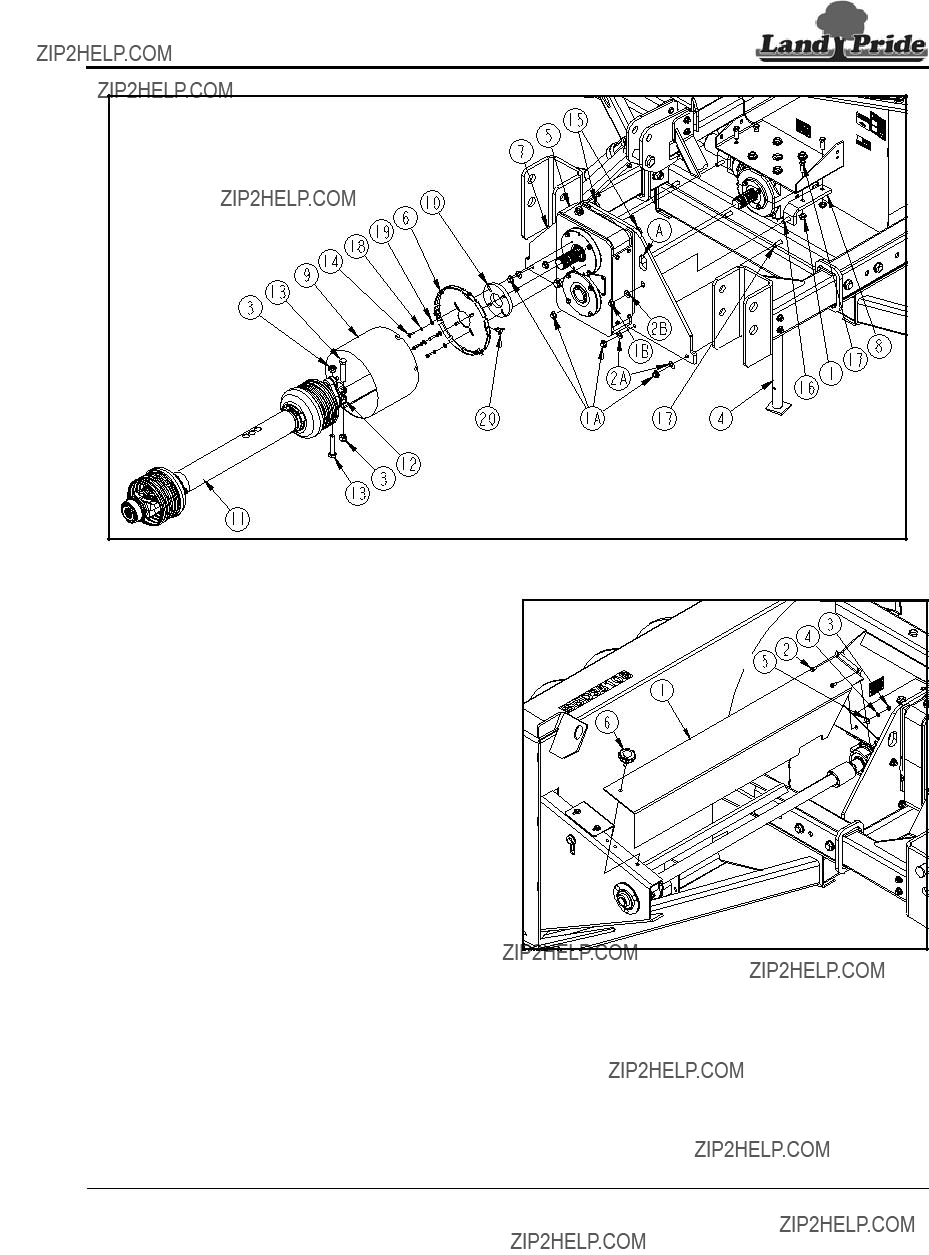



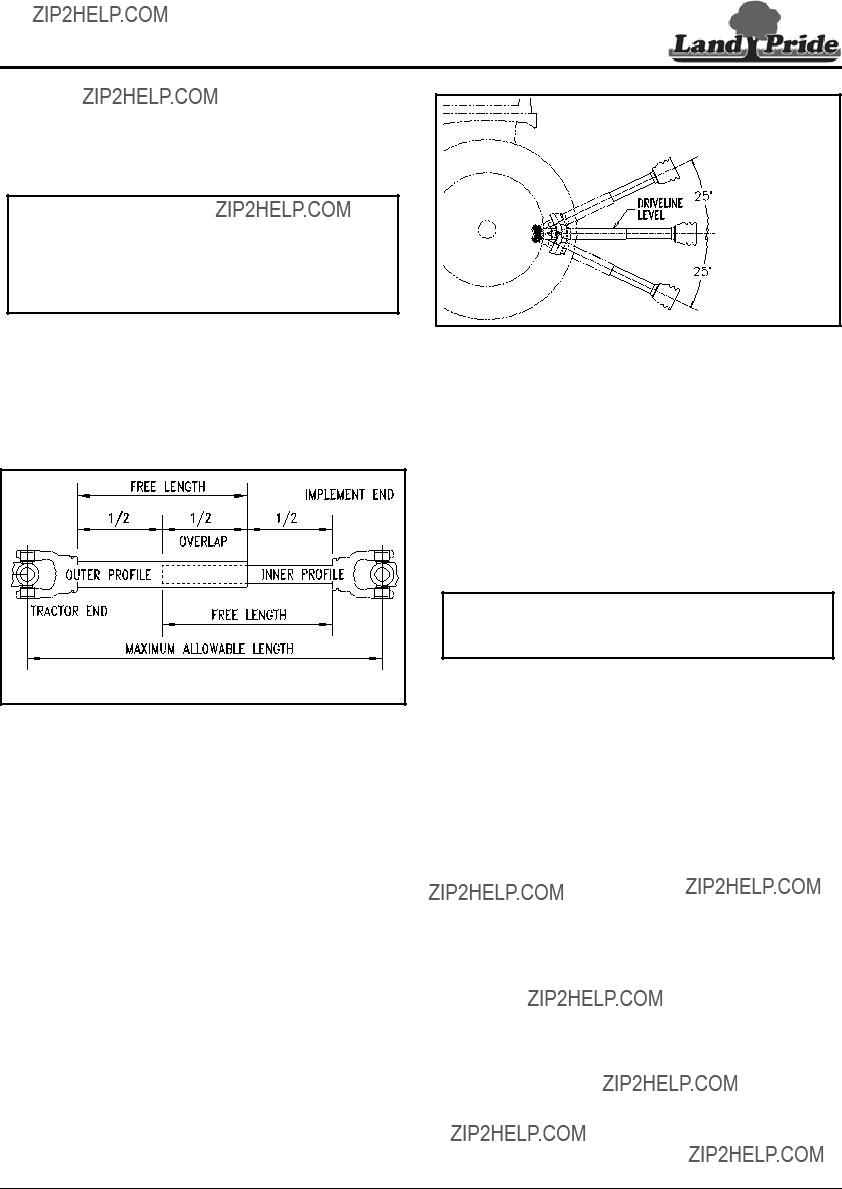
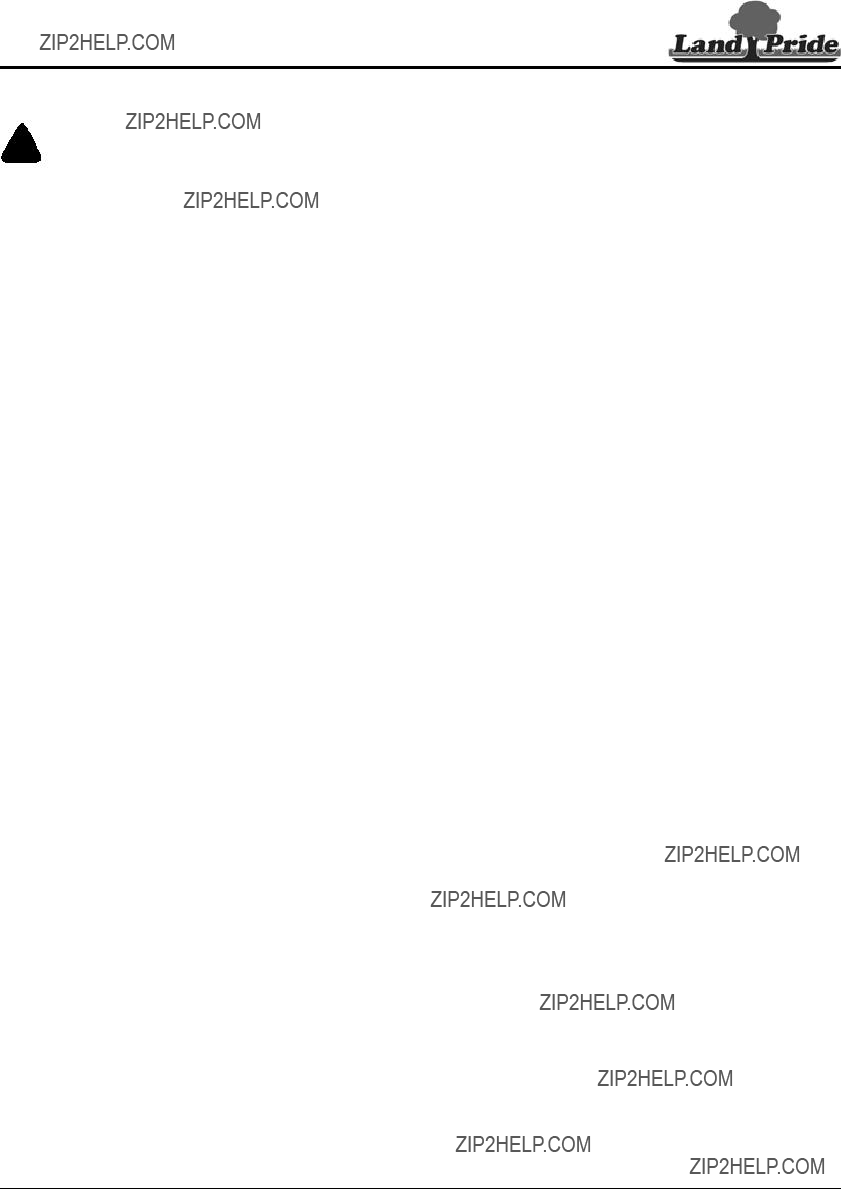











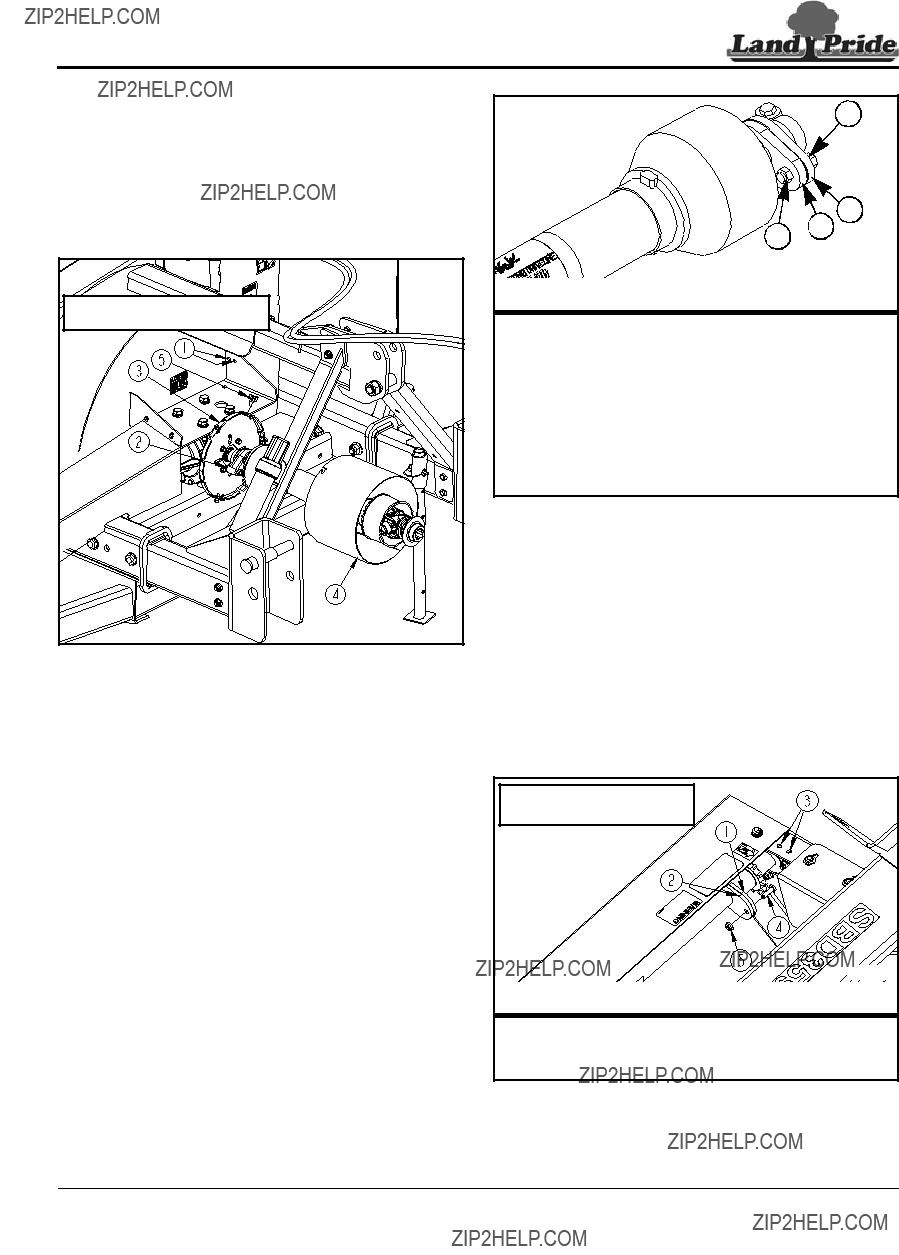



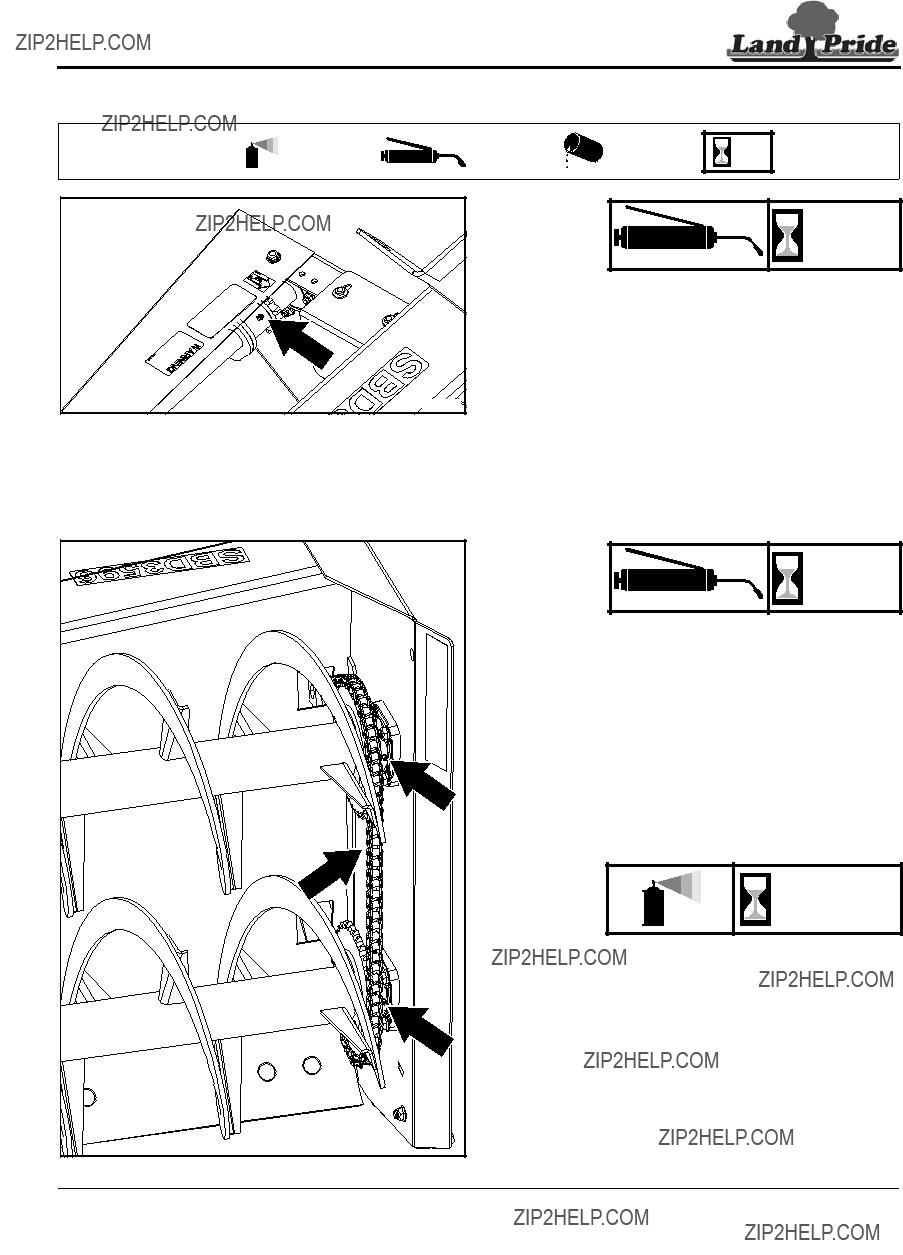


 Fill Plug
Fill Plug Level Plug
Level Plug

 Level Plug
Level Plug
 Do Not Overfill
Do Not Overfill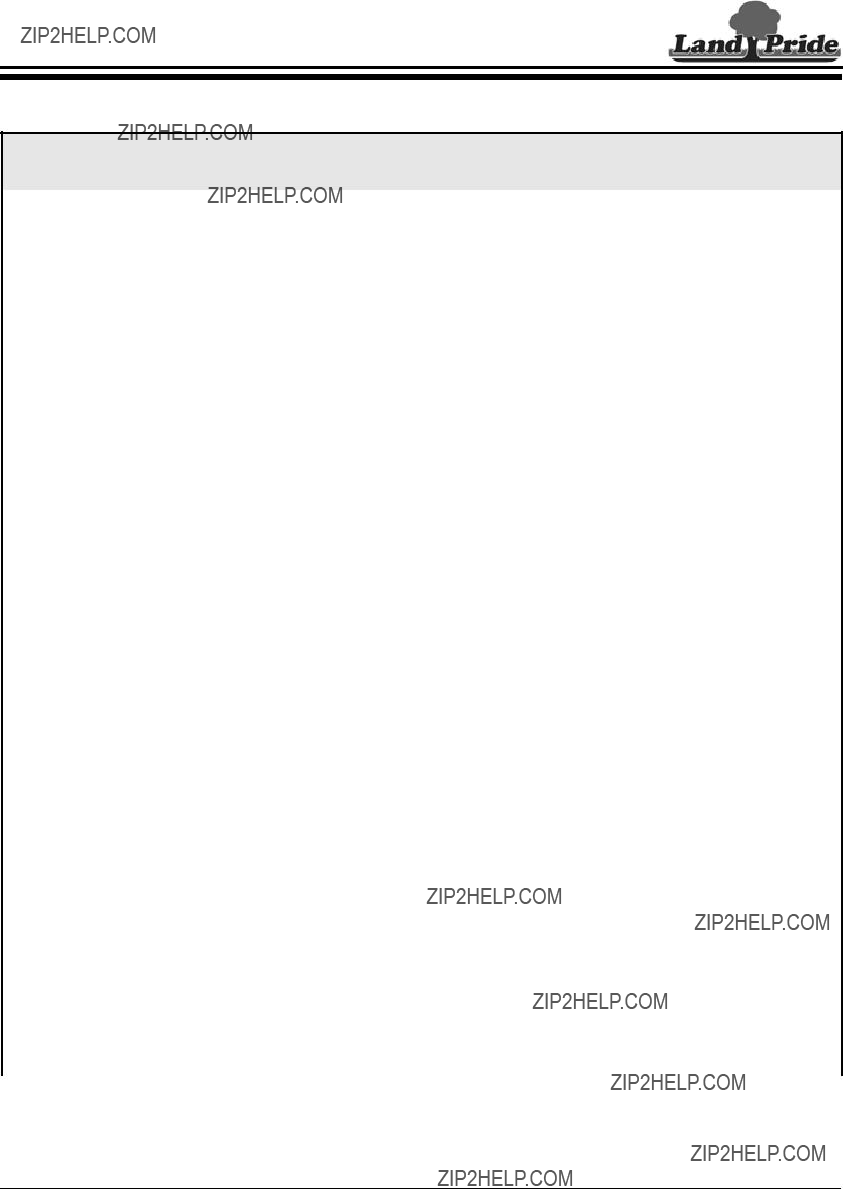

 SBD3596 = 96"
SBD3596 = 96" 
 SBD3596 =
SBD3596 =  SBD35108 = 111 1/2" W/0 SKID SHOES
SBD35108 = 111 1/2" W/0 SKID SHOES SBD3596 =
SBD3596 =  SBD35108 = 116 1/2" WITH SKID SHOES
SBD35108 = 116 1/2" WITH SKID SHOES SBD3596 = 68"
SBD3596 = 68" 
